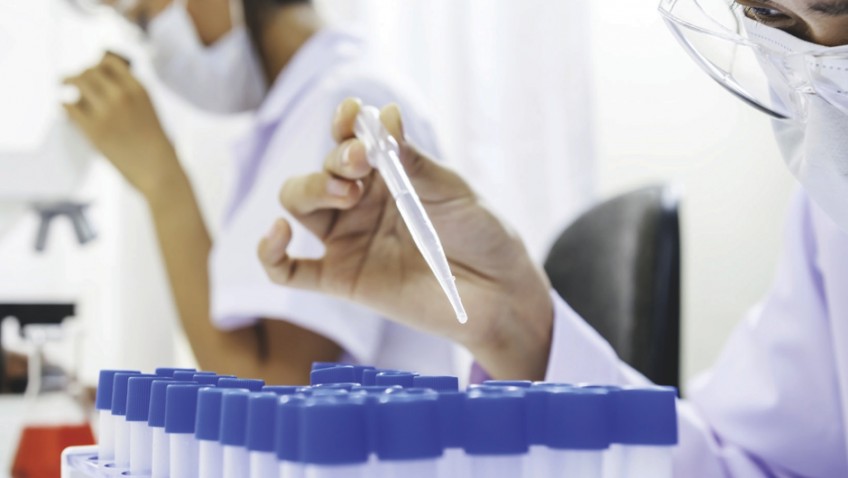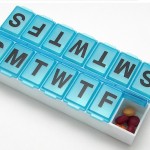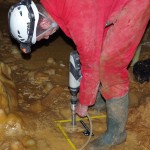A pill that repairs a damaged heart could be available within a decade, according to new research.
Scar tissue left by a heart attack can weaken the organ, making it incapable of pumping blood efficiently and leading to heart failure.
Now scientists have found a way of reprogramming cells to better battle the condition suffered by 900,000 people in the UK and 23 million worldwide.
It causes exhaustion with even the slightest physical effort and may ultimately contribute to death.
Professor Li Qian, of the University of North Carolina, said: “Our past work brought hope we could one day improve heart function in people with heart failure by converting scar tissue into beating heart muscle.
“But that was more of a proof-of-principle study, and the conversion rate was quite low.
“Now we have found the barrier to conversion, and by removing it, we have been able to significantly increase the yield of muscle-like cells.”
Heart failure has no cure and currently affects an estimated 5.7 million people in the United States. Common symptoms include shortness of breath, fatigue, and swelling, all of which often worsen as the heart weakens over time.
Prof Qian said: “Our hope is this approach could extend the lives of people with heart failure and markedly improve their quality of life in the future.”
She hit the headlines in 2012 when her researchers created a ‘cocktail’ of proteins capable of converting fibroblasts, which create scar tissue, into cardiomyocytes – heart muscle cells that beat on their own exactly the way regular heart muscle cells do.
Notably, the approach did not require converting fibroblasts into stem cells, which is typical of other tissue regeneration techniques, and lowered the likelihood of uncontrolled cell growth and tumour formation.
In experiments using mice, the cocktail proved successful at shrinking the size of scar tissue and improving heart function. But the process had remained disappointingly slow – until now.
Prof Qian said: “We wanted to have a better yield and shorten the conversion time so in the future this process could be fast, easy and efficient for disease modelling or for treatment.”
The breakthrough came when the researchers discovered a gene called Bmi1 interfered with the expression of other key genes needed to convert fibroblasts into heart muscle.
When they depleted it, the conversion rate sped up markedly. The percentage of fibroblasts that transformed into heart muscle cells increased tenfold. Repressing Bmi1 also enabled the cocktail to be simplified by reducing the number of different proteins.
Prof Qian said the ultimate goal is to refine the concoction into a pill that could safely be given to patients during a heart attack, or after the heart has already become damaged.
She said it would reduce the long term loss of functional tissue and helping people live longer, healthier lives.
If further experiments using larger animal models bear out, prof Qian estimates such a pill could be developed within a decade.
The technique also holds potential for improving personalized medicine. Currently, there are a number of therapeutics doctors can prescribe to help improve a patient’s heart function, but there is often trial and error involved to find the most effective drug with the fewest side effects.
Prof Qian’s protein cocktail could help avoid this. For instance, if her technique could convert a patient’s skin cells into heart muscle cells in a lab dish, then lab technicians could use the resulting cell culture to quickly screen existing drugs and find the one most likely to help a specific patient.
And the approach and platform built to study barriers to cardiac reprogramming could help to increase yields for studies focused on reprogramming other cells, such as neurons, pancreas cells and liver cells for regenerative purposes.
Prof Qian added: “Hopefully these findings and our approach can be leveraged so other researchers can identify the barriers to regenerating other types of target tissues more efficiently.”
By Mark Waghorn





